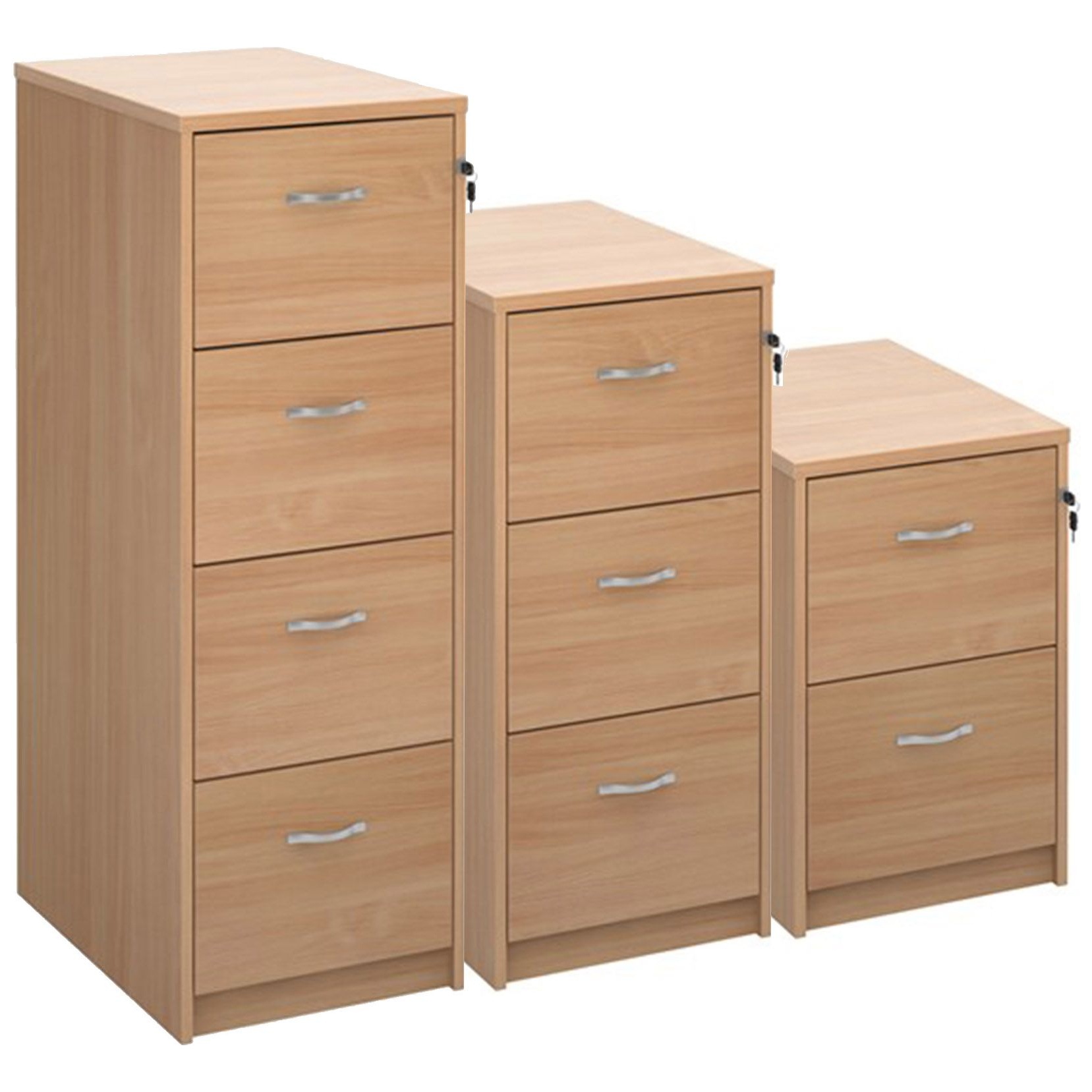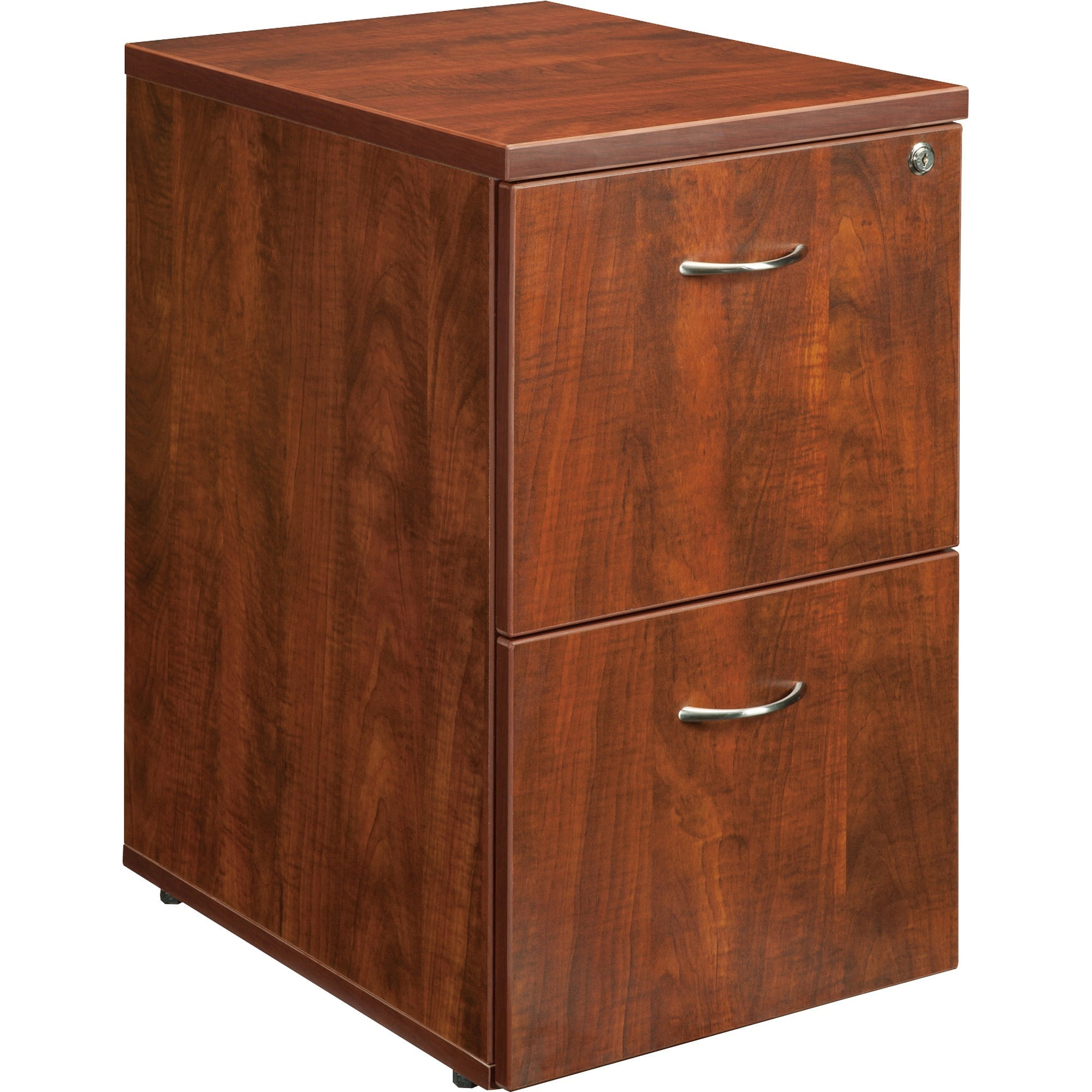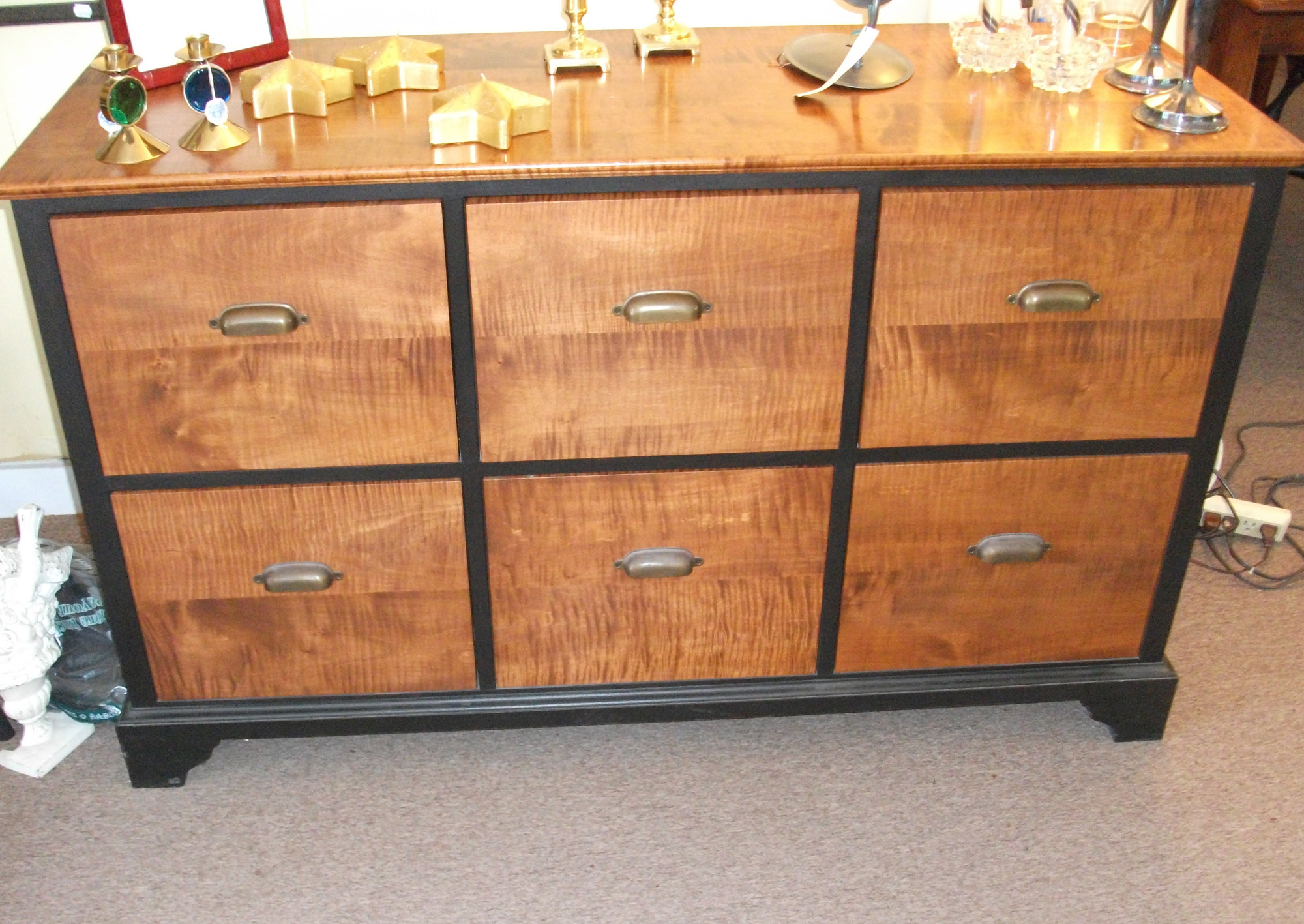History and Evolution of Wooden Filing Cabinets: Reproduction Wooden Filing Cabinets

The wooden filing cabinet, a staple in offices and homes for over a century, has evolved from a simple storage solution to a sophisticated piece of furniture. Its history reflects the changing needs of information management, from the era of paper documents to the digital age.
Origins and Early Development
Wooden filing cabinets emerged in the late 19th century as a response to the growing need for efficient document storage. Early models were often handcrafted and bespoke, tailored to the specific requirements of individual businesses and institutions. They typically featured drawers with simple dividers and lacked the intricate mechanisms found in modern cabinets.
- The earliest filing cabinets were often made of wood and had a simple design. They were often used by businesses and individuals to store important documents.
- The development of the metal filing cabinet in the early 20th century led to a decline in the popularity of wooden filing cabinets. However, wooden filing cabinets remained popular for their aesthetic appeal and durability.
- In the mid-20th century, wooden filing cabinets experienced a resurgence in popularity as a result of the growing popularity of mid-century modern design.
Features and Functionalities of Vintage Wooden Filing Cabinets
Vintage wooden filing cabinets, often crafted from solid hardwoods like oak or mahogany, are known for their enduring quality and timeless elegance. Their design emphasizes functionality, with features such as:
- Sturdy construction: Built to withstand years of use, vintage wooden filing cabinets are known for their robust frames and durable drawers. They often feature dovetail joints, a traditional woodworking technique that ensures strength and longevity.
- Simple yet effective design: Vintage cabinets often feature a minimalist design with clean lines and a focus on functionality. They typically have drawers with simple dividers, allowing for easy organization and retrieval of documents.
- Aesthetics: The natural beauty of wood adds a touch of warmth and sophistication to any space. Vintage cabinets are often prized for their unique patina and the subtle variations in grain patterns that develop over time.
Key Innovations and Design Trends
Throughout their evolution, wooden filing cabinets have incorporated various innovations and design trends. These advancements have addressed evolving needs and aesthetic preferences.
- Metal accents: The integration of metal hardware, such as drawer pulls and hinges, added a touch of industrial elegance and improved durability.
- Improved drawer mechanisms: The introduction of ball-bearing slides and other advanced mechanisms enhanced smooth operation and ease of access.
- Modern aesthetics: Contemporary wooden filing cabinets often feature sleek lines, minimalist designs, and a range of finishes, from natural wood tones to vibrant colors, reflecting contemporary design trends.
Types and Styles of Reproduction Wooden Filing Cabinets

Reproduction wooden filing cabinets offer a wide range of styles and designs, allowing you to choose the perfect piece to complement your office décor or home library. From traditional to modern, these cabinets capture the essence of classic design while incorporating contemporary functionality.
Traditional Styles
Traditional reproduction wooden filing cabinets evoke a sense of timeless elegance and sophistication. They often feature intricate carvings, detailed moldings, and rich wood finishes, reminiscent of antique furniture. These cabinets are perfect for creating a classic and stately ambiance in any space.
- Victorian Style: Characterized by ornate carvings, elaborate details, and dark wood finishes like mahogany or walnut. Victorian cabinets often have a grand and imposing presence.
- Edwardian Style: Features simpler designs than Victorian cabinets, with a focus on clean lines and understated elegance. Edwardian cabinets are typically crafted from lighter woods like oak or cherry.
- Mission Style: Known for its simplicity and functionality, Mission style cabinets feature straight lines, sturdy construction, and a focus on natural wood grains. They often have a rustic charm and a timeless appeal.
Antique Styles
Antique reproduction wooden filing cabinets are designed to replicate the look and feel of authentic antique pieces. These cabinets often feature distressed finishes, aged hardware, and subtle imperfections that add to their character and charm. Antique-style cabinets can be a statement piece in any room, adding a touch of history and elegance.
- Colonial Style: Inspired by colonial-era furniture, these cabinets often feature simple designs, sturdy construction, and a focus on functionality. Colonial-style cabinets are typically crafted from hardwoods like maple or cherry.
- Art Deco Style: Characterized by geometric patterns, bold lines, and a focus on symmetry, Art Deco cabinets often feature exotic woods like rosewood or ebony. They exude a sense of luxury and sophistication.
- Mid-Century Modern Style: Inspired by the design movement of the mid-20th century, these cabinets feature clean lines, minimalist designs, and a focus on functionality. Mid-century modern cabinets are often crafted from lighter woods like birch or maple.
Modern Styles
Modern reproduction wooden filing cabinets embrace contemporary design principles, featuring clean lines, minimalist aesthetics, and a focus on functionality. These cabinets often incorporate innovative materials and construction techniques, creating sleek and stylish pieces that complement modern office spaces.
- Contemporary Style: Characterized by simple lines, geometric shapes, and a focus on functionality. Contemporary cabinets often feature sleek metal accents and minimalist hardware.
- Industrial Style: Inspired by industrial design, these cabinets often feature raw materials like metal and reclaimed wood. Industrial-style cabinets have a rugged and edgy aesthetic, adding a touch of urban chic to any space.
- Scandinavian Style: Known for its simplicity and functionality, Scandinavian-style cabinets often feature light woods like birch or pine. They have a clean and minimalist aesthetic, creating a sense of calm and tranquility.
Table of Reproduction Wooden Filing Cabinets
| Style | Materials | Features | Price Range |
|—|—|—|—|
| Traditional | Mahogany, walnut, oak, cherry | Intricate carvings, detailed moldings, rich wood finishes | $500 – $2,000 |
| Antique | Distressed finishes, aged hardware | Subtle imperfections, classic designs | $700 – $3,000 |
| Modern | Birch, maple, metal, reclaimed wood | Clean lines, minimalist designs, innovative materials | $400 – $1,500 |
Advantages and Considerations of Reproduction Wooden Filing Cabinets

Reproduction wooden filing cabinets offer a unique blend of style, durability, and sustainability, making them a compelling choice for those seeking both functional and aesthetically pleasing storage solutions. They can enhance the ambiance of any workspace or home office while providing reliable organization for important documents.
Advantages of Reproduction Wooden Filing Cabinets
Reproduction wooden filing cabinets offer several advantages over other storage solutions. These benefits are rooted in their material, craftsmanship, and design, making them a valuable investment for many.
- Durability: Wooden filing cabinets are known for their inherent strength and resilience. Solid wood construction, often complemented by sturdy metal hardware, ensures they can withstand the rigors of daily use and resist wear and tear. Unlike plastic cabinets that may crack or warp over time, wood cabinets are built to last for generations.
- Aesthetics: The natural beauty of wood adds a touch of warmth and sophistication to any environment. Reproduction wooden filing cabinets often feature intricate carvings, decorative hardware, and classic finishes that complement various interior design styles. They can transform a mundane workspace into a more inviting and inspiring setting.
- Sustainability: Choosing wood as a material promotes sustainability. Wood is a renewable resource, and responsible forestry practices ensure a continuous supply of high-quality wood for furniture production. Moreover, wooden cabinets can be refinished or repurposed, extending their lifespan and reducing waste.
Considerations of Reproduction Wooden Filing Cabinets
While reproduction wooden filing cabinets offer many advantages, it’s essential to consider their potential drawbacks before making a purchase.
- Cost: Reproduction wooden filing cabinets are often more expensive than their metal or plastic counterparts. The high-quality materials, craftsmanship, and intricate detailing contribute to their higher price tag. However, their durability and longevity can justify the investment in the long run.
- Maintenance: Wood requires regular maintenance to preserve its beauty and integrity. This includes dusting, polishing, and occasional refinishing to protect it from scratches, stains, and moisture damage. However, with proper care, a wooden filing cabinet can retain its value and appeal for many years.
- Space Constraints: Wooden filing cabinets are typically heavier and bulkier than their metal or plastic counterparts. They may require more floor space and careful placement to ensure stability. It’s essential to consider the available space before investing in a wooden filing cabinet.
Comparison with Other Filing Cabinet Materials
- Metal: Metal filing cabinets are generally more affordable, lightweight, and easier to move. They are also highly durable and resistant to scratches and dents. However, they lack the aesthetic appeal and warmth of wood.
- Plastic: Plastic filing cabinets are the most affordable and lightweight option. They are also waterproof and easy to clean. However, they are less durable than wood or metal and may not be as aesthetically pleasing.
Reproduction wooden filing cabinets, with their timeless elegance, often evoke a sense of nostalgia and order. Their sturdy construction and classic design make them a welcome addition to any office or home study. However, when space is limited, as in a small bedroom, a different approach is needed.
A sleek and functional tv stand for bedroom small can provide a dedicated space for entertainment while maximizing floor space. Just as a reproduction wooden filing cabinet can organize documents, a well-designed tv stand can streamline the visual landscape of a small bedroom.
Reproduction wooden filing cabinets, with their sturdy construction and timeless aesthetic, evoke a sense of bygone eras. Their presence in a home often suggests a dedication to order and a love for the tangible, qualities that resonate deeply with the concept of a small two bedroom cabin , where every inch of space is carefully considered and utilized.
The cabin, with its focus on simplicity and functionality, finds a perfect complement in the practicality and enduring charm of these vintage cabinets.
